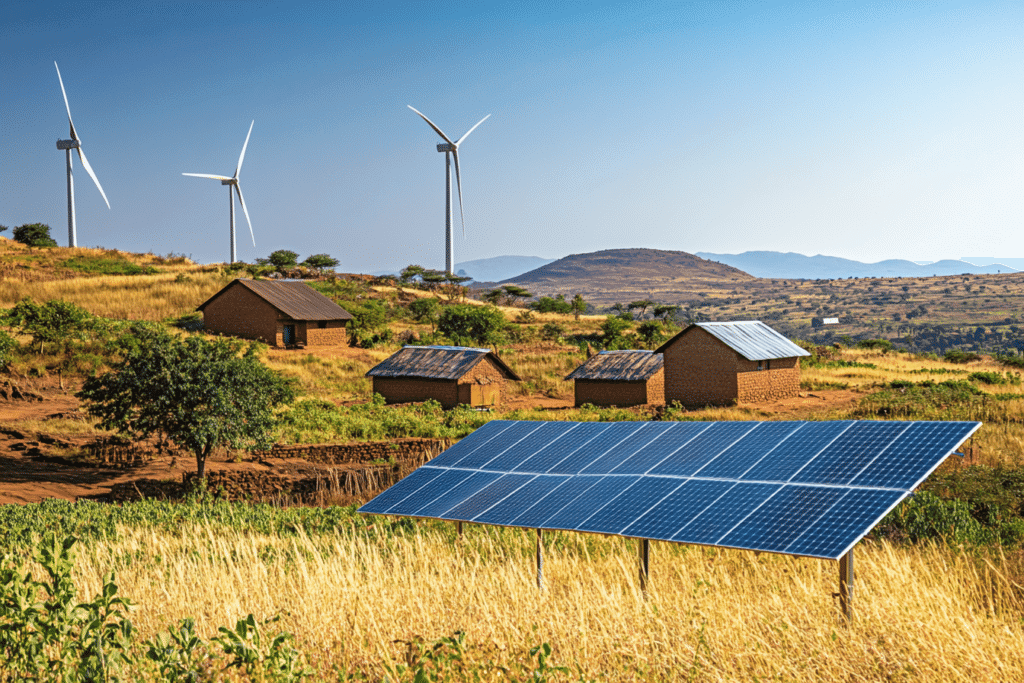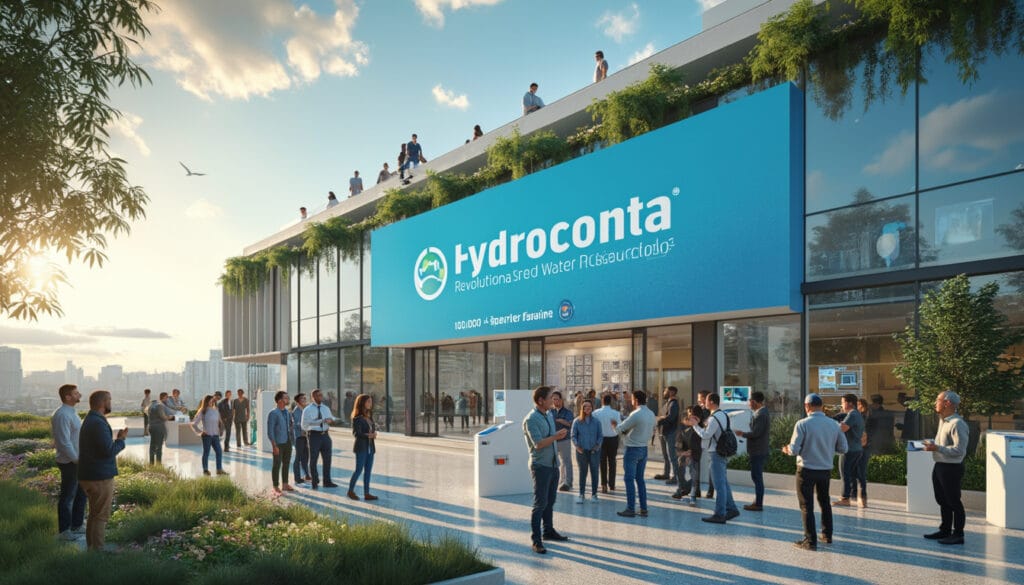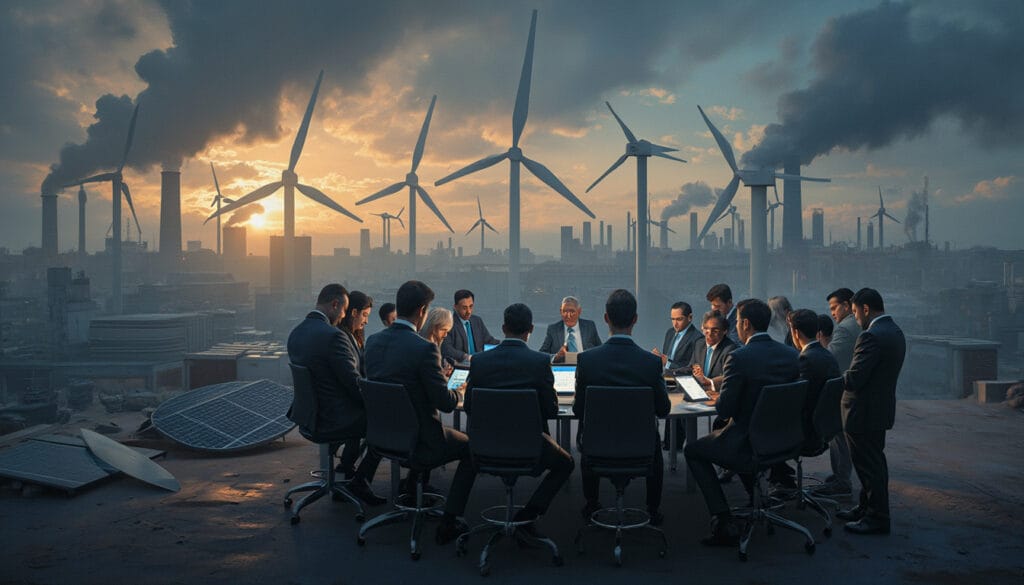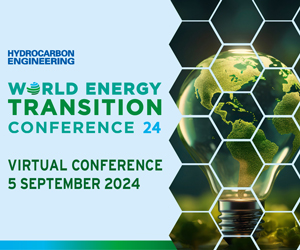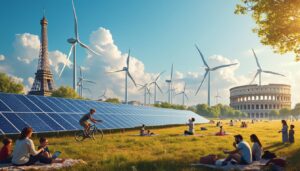Energy innovations are the engine of change towards a sustainable future. The ‘State of Energy Innovation’ report from the IEA highlights pioneering projects that are redefining our energy approach. These initiatives, dubbed ‘races to first’, aim to overcome major challenges by 2030.
In the face of global issues such as climate change and the increasing demand for energy, these projects are positioned at the forefront of the energy transition. They represent large-scale projects that require not only technological advancements but also innovative finance solutions, business models, and public support. The IEA is committed to monitoring and celebrating these initiatives, promising to communicate widely about their successes and lessons learned.
Among the flagship initiatives, the construction of the first solid-state cooled building stands out. This technology uses solid refrigerants as the primary means of air conditioning, offering a more efficient and sustainable alternative to traditional systems. In 2024, the British startup Barocal unveiled a prototype whose thermal performance rivals that of small-scale steam compression systems. Similarly, the Hong Kong University of Science and Technology announced a cascade elastocaloric cooling system with a 48% increased efficiency over previous versions.
In the electric vehicle sector, the first car fully powered by a solid-state battery is in the making. Samsung SDI has tested a cell in Korea capable of storing 500Wh/kg, charging in 9 minutes and offering a lifespan of 20 years. The commercialization of these batteries is planned for 2027, with a goal to produce at least 10,000 vehicles or equivalents over a consecutive period of 12 months.
Large-scale energy storage is also a priority. Companies like Rongke Power in China and Form Energy in the United States are developing electrochemical storage systems capable of holding energy for a week, thus addressing the fluctuating needs of the electrical grid. These projects aim for a storage capacity on the order of gigawatt-hours, with cycles involving at least 25% of total capacity.
In terms of photovoltaics, Oxford PV in the UK has sold the first production of solar modules with an efficiency of 24.5% at its pilot site in Germany. The goal is to achieve a cumulative capacity of 100 MW over 12 consecutive months, thereby surpassing the threshold for commercial modules with efficiency over 30%.
The aerospace sector is not left behind, with Joby Aviation in the United States having completed a successful test flight of 840 km with a hydrogen aircraft for four passengers. This ambitious project aims to develop aircraft capable of carrying 20 passengers or the equivalent, without the use of fossil fuels.
Finally, maritime transport is committing to zero carbon with ships powered by carbon-free fuels. The Swiss company WinGD is currently testing a 72-cylinder ammonia engine for 210,000-ton container ships, envisioning commercial versions by 2028. The goal is to achieve an ocean crossing of over 6,000 km using a fuel that is free from carbon for at least 75% of fuel needs.

introduction to technological innovations in energy
In the constantly evolving energy landscape, technological innovations play a crucial role in the transition to a sustainable future. According to the IEA report titled “State of Energy Innovation,” several early-stage innovations are identified as achievable by 2030. These initiatives, termed “jets to first,” aim to overcome large-scale challenges to position innovative technologies at the forefront of the race for market leadership. This article explores six of these major innovations, each representing a significant advance in its field.
buildings cooled by solid-state technologies
The first challenge is to replace traditional refrigeration technologies with solid-state technologies for air conditioning. This innovation promises increased energy efficiency and reduced carbon footprint for buildings. In 2024, the British startup Barocal unveiled a prototype that can compete with small-scale steam compression systems. Meanwhile, the Hong Kong University of Science and Technology announced a cascade elastocaloric cooling system, offering a 48% efficiency improvement over previous versions.
These advancements demonstrate innovators’ ability to tackle non-technical challenges such as funding and public support. To learn more about the dynamics of the renewable energy industry, check out this article.
electric vehicles equipped with solid-state batteries
The future of electric vehicles (EVs) hinges on the development of fully solid-state batteries. This technology promises superior energy density, reduced charging times, and extended lifespan. In 2024, Samsung SDI presented a battery cell in Korea offering 500Wh/kg, capable of charging in just 9 minutes and lasting up to 20 years. The company plans to commercialize these batteries by 2027.
Phase 2 of development aims to mass-produce electric vehicles equipped with these batteries. The goal is to commercialize at least 10,000 vehicles of 4-seater type or equivalent over a consecutive period of 12 months. This innovation could revolutionize the transport market by offering more sustainable and efficient solutions. To understand the factors influencing charging in renewable energies, visit this link.
large-scale long-term energy storage batteries
Long-duration energy storage is essential for stabilizing electric grids against the intermittency of renewable sources. Current innovations aim to develop storage systems capable of multiple charge and discharge cycles over a complete week. In 2024, the Chinese manufacturer Rongke Power commissioned a 700MWh system in Xinjiang, followed by another 800MWh system in Dallan. Meanwhile, Form Energy has started the construction of a 150MWh iron-air battery, with plans for a 500MWh system.
In the United States, ESS has partnered with the German energy supplier LEAG to build a 500MWh iron flow battery. The goal is to create a storage capacity of 1GWh in less than a year, with cycles involving at least 25% of total capacity. These projects illustrate the concerted efforts to integrate robust and reliable storage solutions. To explore energy projects in Europe, listen to the Podcast EU Energy Projects.
commercial solar panels with 30% efficiency
The efficiency of photovoltaic (PV) panels is a priority to maximize solar energy production. The goal of producing solar modules with a nominal conversion efficiency of 30% or higher is underway. In 2024, Oxford PV in the UK sold the first units from its pilot megawatt-scale manufacturing line, offering modules with 24.5% efficiency in Germany.
This innovation is in phase 1, targeting cumulative production of 100MW or more over 12 consecutive months. Advances in materials and manufacturing technologies are enabling unprecedented efficiency levels, making solar energy more competitive and accessible. To learn more about innovative partnerships in energy grid management, visit this partnership.
carbon-free commercial flights
Aviation is a key sector aiming to reduce its carbon footprint. The first step towards carbon-free commercial flights involves a secure continuous flight of 1,000 km or more without using carbon-based fuel. In 2024, Joby Aviation in the United States completed a test flight of 840 km with a hydrogen-powered aircraft, carrying four passengers.
This phase 1 innovation paves the way for aircraft capable of carrying about 20 passengers or the equivalent while eliminating carbon emissions. The development of alternative propulsion technologies is crucial for the future of sustainable aviation. These advancements are part of a broader decarbonization trend, supported by legislative initiatives such as this bill in Texas.
cargo ships powered by carbon-free fuels
Maritime transport is responsible for a significant share of global CO2 emissions. The first major innovation in this area is the development of cargo ships powered by carbon-free fuels. The aim is to achieve an ocean crossing of at least 6,000 km using a carbon-free fuel for at least 75% of fuel needs.
In 2024, the Swiss company WinGD started testing a 72-cylinder ammonia engine and has received orders for a series of 210,000-ton container ships. Mitsui E&S has also initiated tests on a dual-fuel ammonia engine, with plans for more powerful versions by 2028.
These phase 2 projects aim to commercialize engines capable of propelling ships of over 100,000 tons. By integrating innovative technologies, these initiatives are demonstrating the path towards greener and more sustainable maritime transport. To discover how oil workers in Texas contribute to the energy transition, check out this article.
the development phases of energy innovations
Each technological innovation in the energy field follows a three-phase journey, as defined by the IEA. The first phase involves research and prototyping, the second focuses on development and larger-scale testing, and the third represents production and commercialization. Reaching the “finish line” requires not only technical advancements but also addressing financial, regulatory, and logistical challenges.
The IEA encourages and closely monitors these innovations, promising to communicate widely on the successes achieved and to share lessons learned. This approach aims to accelerate the energy transition by highlighting the most promising solutions and fostering collaboration between industry stakeholders. To keep up with the latest innovations and successes in the energy sector, subscribe to the IEA updates.
Articles similaires
Thank you!
We will contact you soon.


